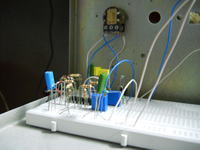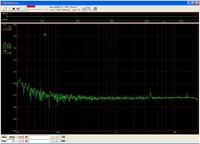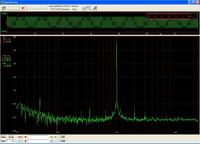sameerdhiman
Member level 5

Metal case reduced 50Hz distortion to negligible value. Thank you so much.
There are still little spikes which I think are due to 5KVA line stabilizer's capacitors charging and discharging.
There are still little spikes which I think are due to 5KVA line stabilizer's capacitors charging and discharging.









